Are you looking for first grade math talk examples because your admin has said that you need to use them in your classroom but you don’t know where to begin? Fear not! Math talks are a fun and engaging way for first graders to explore numbers, shapes, and patterns. Imagine a classroom filled with eager students, all excited to share their mathematical ideas and discoveries with their peers. That's what math talks are all about! So, put on your thinking caps and get ready to discover the joy of math talks in first grade. Who knows, you might even surprise yourself with your mathematical skills!

Math Talk Examples
Math talks for first graders should be designed to be engaging, interactive, and accessible to young children. Best of all, they can be low prep and easy to do! Here are a few ideas for math talks that could be appropriate for first graders:
1. Counting Math Talks
This type of math talk focuses on the basics of counting and identifying numbers. You can do this kind of math talk at any time of the year. One of the ways you can do a counting math talk is to do a dot talk with your students. Show your students a series of dots and have them quickly count or subitize the number. Ask students to share what patterns they saw and how they counted. This would also work with ten frame images.
You can also do a math talk that directly involves counting. Students can count on or count back starting at any number. They can also count by 1’s or 10’s, etc. Remember that if you have students count by 10’s, don’t always have them begin with a multiple of 10. Change it up and have them count by 10’s starting at 1, 4, 7, etc.
Another activity where students talk about patterns they notice while counting is through choral counting. During a choral count, you would lead your students in counting aloud by a given number and stop at strategic moments so students could discuss patterns they notice. You can read more about this activity in this blog post.
2. Addition and Subtraction Math Talks
So often, educators focus on helping their students become fluent in addition and subtraction. While this is important, you also want your students to have a deeper understanding of these operations. A math talk involving the concepts of addition and subtraction can help students not only become fluent, but also understand the relationship between the operations.
Addition and subtraction math talks can also be used to help students make conjectures and learn about properties. Having students discuss a math rule is a great way to do this and will help them later when they work on more complex problems.

Another great way to incorporate math talks around addition and subtraction is by teaching through problem solving. By using word problems or math stories, you can have students practice these operations with context. Having students share their addition and subtraction strategies are always a great way to spark discussion about math in your classroom!
3. Place Value Math Talk Examples
Understanding the value of each digit in math is an essential skill for students. Math talks are a fantastic way to build students’ number sense. There are many math talk examples involving place value. Some math talks involving place value can be very straightforward such as, “What is the value of the digit in the tens place in the number 45? How do you know?”
You can also have students engage in place value math talks using manipulatives like base ten blocks. You could say, “Let's build a number using place value blocks. If we have two tens blocks and three ones blocks, what number have we made? Can we build the same number using different combinations of blocks?”
Strategy discussion talks are a great way to get students talking about place value. In this type of math talk, students are shown a problem solving strategy and discuss it. They may have to explain the strategy or they can evaluate it.
4. Geometry Math Talks
So often the geometry portion of the curriculum is so short! It’s easy to address geometry year round through math talks. This type of math talk introduces the concepts of different 2D shapes, such as circles, squares, and triangles, and their attributes as well as how they can be used to create other shapes. Geometry math talks can also include discussions around 3D shapes.
In addition to being able describe the attributes of shapes, first grade students must also be able to compose and decompose shapes. In this type of math talk, it is best to give students a visual or hands-on manipulatives. You can have them easily do this by using pattern blocks. Tangrams are another great tool to use to address this standard as well.
In geometry, first graders must also be able to partition circles and rectangles into halves and quarters or fourths. Math talks around fractions are a great way to address this standard. If you add on a hands-on component, it can really elevate your math talk and further help students develop a conceptual understanding.
5. Measurement Math Talk Examples
A measurement math talk involves the basics of measuring, such as length, weight, and volume, and how to use nonstandard or standard units of measurement. In first grade, students begin measuring with nonstandard units such as centimeter cubes, paperclips, or even body parts such as their thumb or feet. Math talks around measurement are a great way to address rules of measurement that students are learning.
In first grade, students must also compare items when measuring. You can have students choose several items from their desk and order them shortest to longest. Then, they can explain their thinking to a partner.
6. Time and Data Math Talks
First graders are expected to tell time to the nearest hour and half hour. A math talk where students explain how to read a clock, tell time, and understand the concepts of minutes and hours can help achieve this goal.
Students also need to be able to organize, represent, and interpret data with up to three categories. Data talks are perfect for addressing this standard. Remember when analyzing the data, focus on both math related questions and statistical analysis.
7. Money Math Talks
An example of a money math talk is one that introduces the basics of money, including different types of coins and bills. The math discussion can be around the concept of making simple purchases and counting change. Students will not have know all the coins until second grade but by introducing them in first grade, you can give your students a head start!
Math talks are an essential component of a child's mathematical development. These talks provide students with opportunities to engage in meaningful discussions, share their thinking, and develop a deeper understanding of mathematical concepts. By incorporating math talks into daily lessons, you can create a supportive learning environment that encourages all students to participate and contribute to the discussion.
Moreover, math talks in first grade can help students build foundational math skills such as number sense, measurement, and geometry. Through these talks, students can learn to recognize and describe patterns, make connections between different mathematical concepts, and apply their knowledge to real-world situations. Hopefully you picked up a few ideas from these math talk examples that you can use in your classroom! If you are interested in getting started with math talks, check out this resource on Building Number Sense. It includes a 120 chart activity and math talks for the entire school year!
You may also like:
3 Easy Tips for Awesome Math Talks in the Primary Classroom
Help Students Conquer Math Word Problems Like a Pro
How to Ensure Your Students Actually Understand the Equal Sign
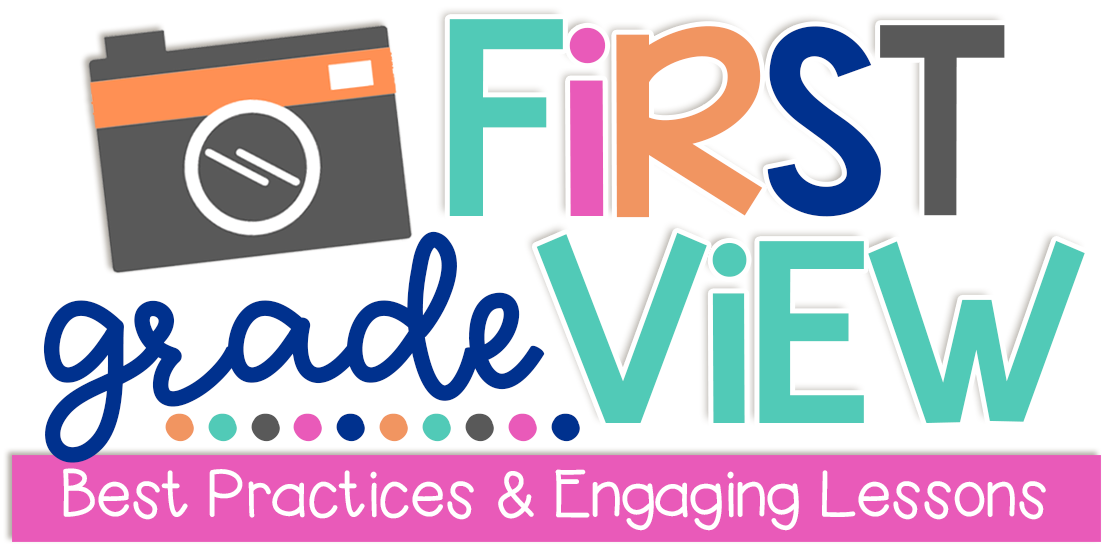
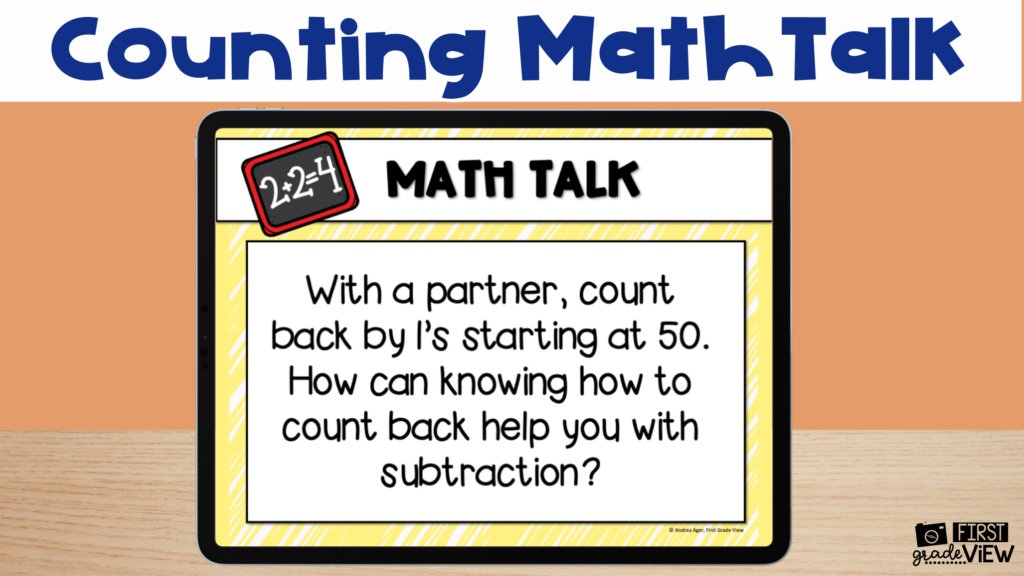

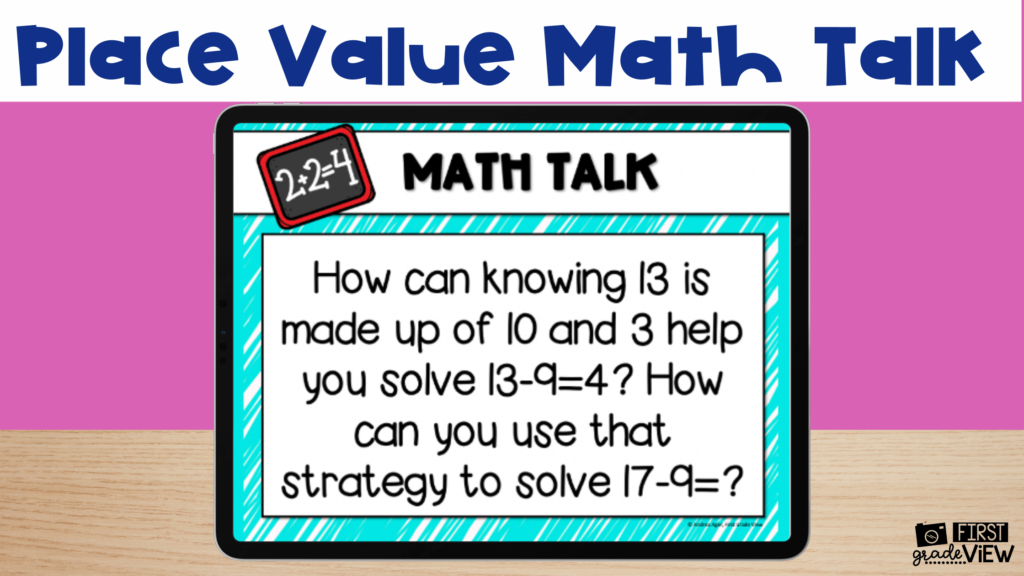
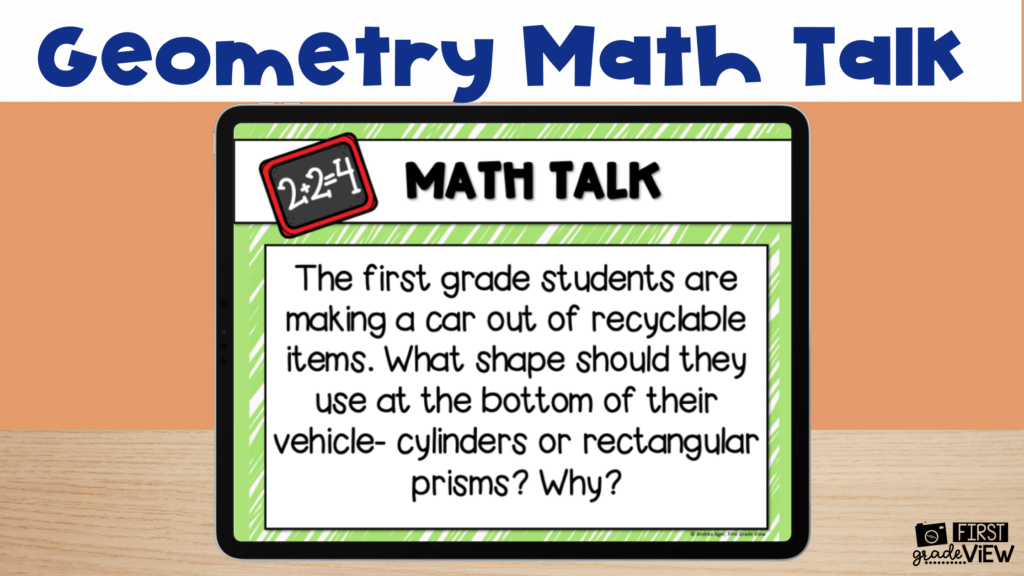

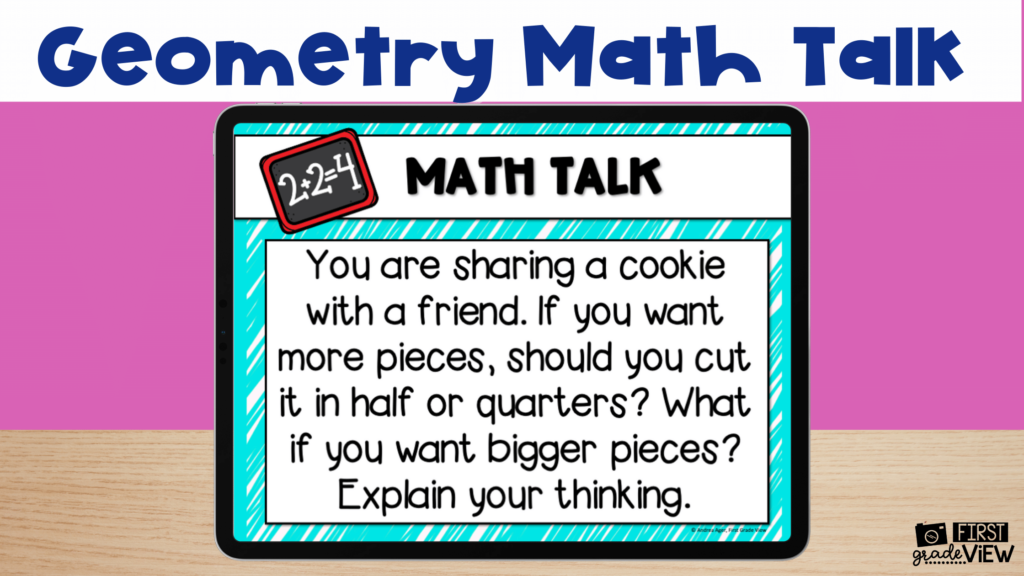

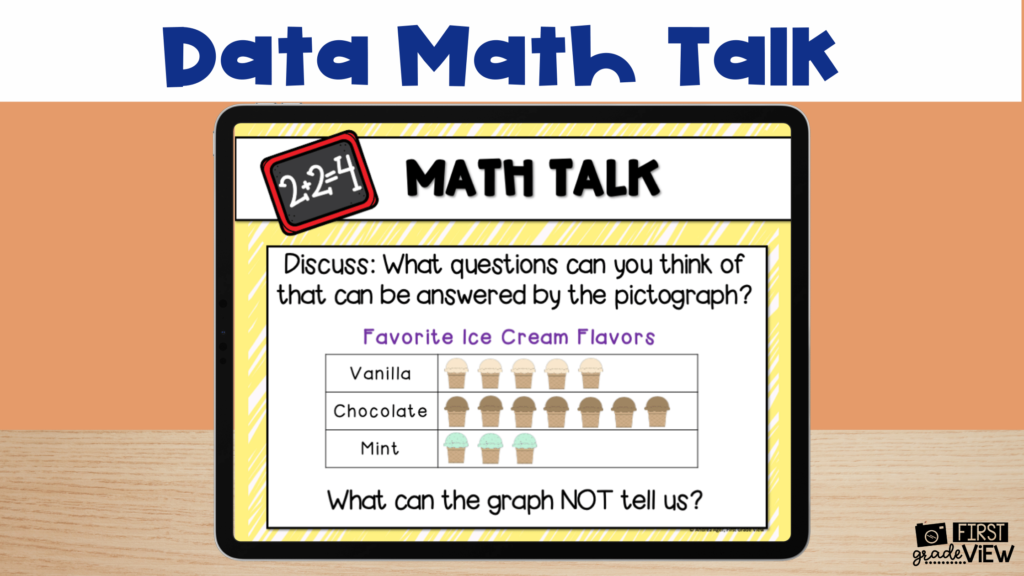
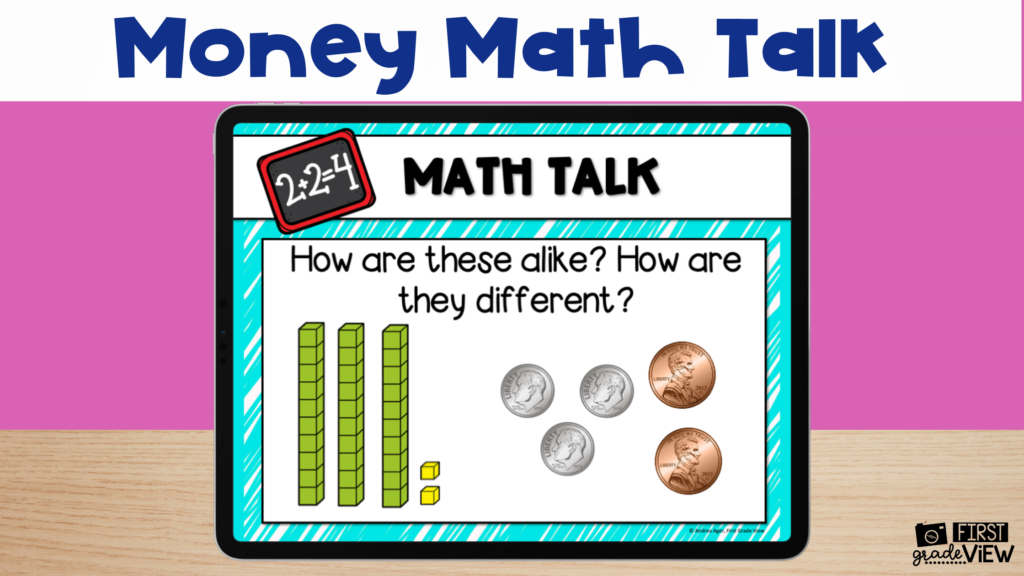
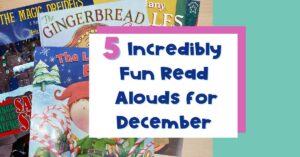
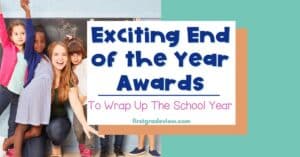
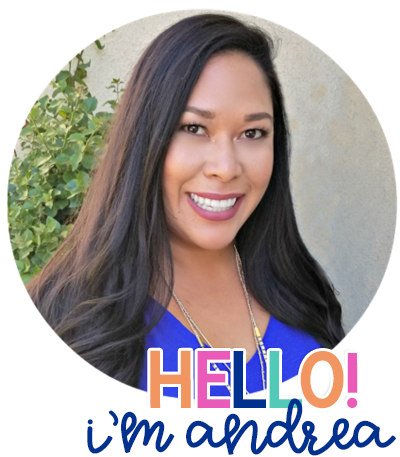

No Comments